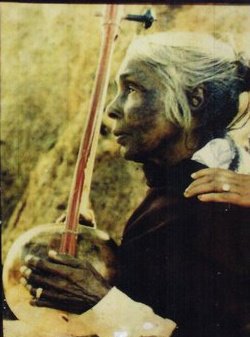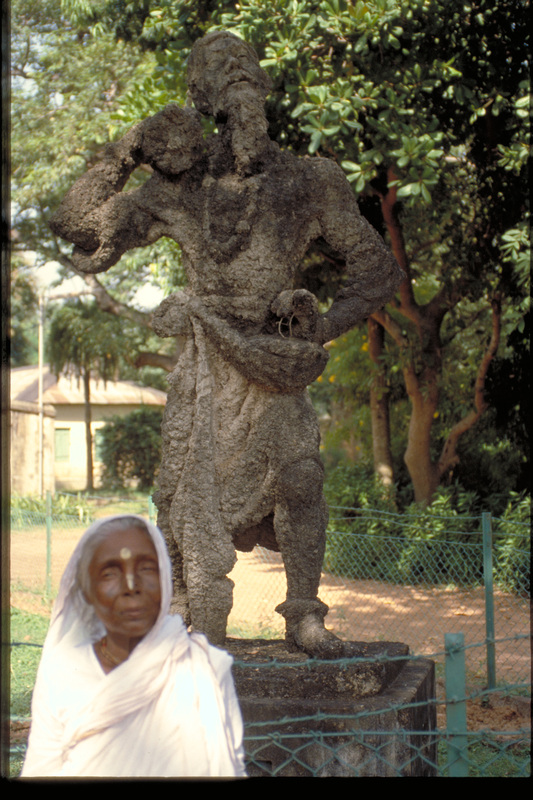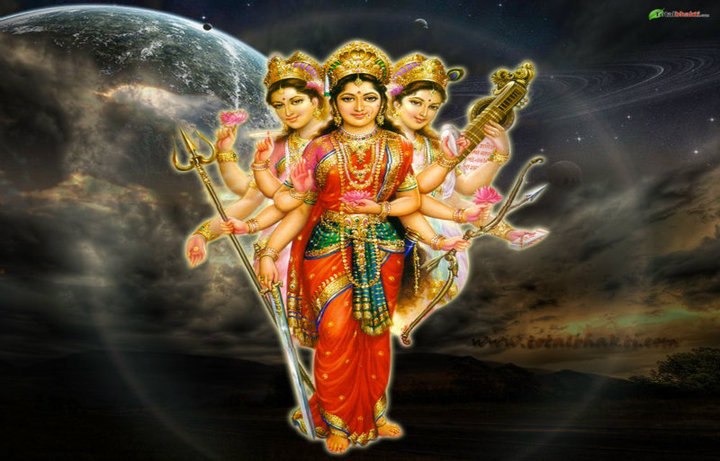
are the divine twin Vedic gods of the morning. They are horsemen who are known for their goodwill towards humans. They symbolise the shining of sunrise and sunset, appearing in the sky before the dawn in a golden chariot. This vahana is drawn by horses or birds, bringing treasures to men and averting misfortune and sickness. They are celestial physicians, doctors of gods.
In the Rig Veda, Ashwini Kumaras are divine twin horsemen, sons of Saranya, a goddess of the clouds and wife of either Surya in his form as Vivasvat. Saranya is the daughter of the Divine Architect, Vishwakarma. On Vedic accounts, Ashwins are young, handsome and athletic. The name ‘asvin’ implies that they are possessor of horses; horse tamers or cavalier. But, Yaksa, the commentator of the Vedas, states the name to have derived from the root to mean ‘pervading everything’, the one with light, the other with moisture.
According to mythology, like their father, the Aswins were connected to light. As harbingers of Usha, they preceded each morning in their golden car. The other version is, as sons of Dayus, they are day and night; heaven and earth. In their connection with the morning sun they are young and handsome, agile and brilliant. Thus they received more enthusiastic reverence than the Ushas. Indeed they differed from the Ushas with the capability to bestow youth on men.
PHYSICIANS:
The Aswins were known as Physicians of the Gods in Swarga, Indra’s heaven, in which function they were called Dasra and Natasya. Thus they were Ayurvedic Devas. Dasra meant ‘enlightened giving; Nasatya meant ‘kind and helpful.’ Also Na-asatya implies Truth or ‘not untrue.’
SATAPATHA BRAHMANA:
Tells the story of Chavana and his wife Sukanya. The sage Chavana had grown very old and got reduced to the rank of immortals. He had become decrepit and got a shriveled body. He was thus abandoned by his family and he limped over to the neighborhood, where the Saratya tribe had settled. Saratya’s sons, seeing Chavana as a thing, unknown to be human, lying on the wayside, pelted it with stones. Chavana was enraged and resented this. He sowed dissension amongst the Saratya family. He tried to find out the cause of the family disunity and inquired the shepherds nearby which they could account for. Thus he learnt that Chavana had been insulted by the pelting.
Saratya could not afford to live with internal disputes within the family. The Brahmana states: “Saratya, knowing that it was the Rishi who had caused the querrels amongst his sons, took his daughter Sukanya in his chariot and apologising for what had been done, gave his daughter as peace-offering.”
Saratya, given her husband’s bodily predicaments takes to prayer. The Aswins habitually wandered about the world performing cures. As a result of Saratya’s pleas to the gods, the Ashwins subsequently visit Chavana’s hermitage. They were delighted with his young wife and wished to seduce her. “What is that shriveled body by which you are lying?...leave him and follow us.” She replied that while she lived, she would not leave the man to whom her father had given her. But the Aswins were drunk in desire for her. Learning of this, Chavana had his own mandate to get cured. So he schemed with Saratya on a plan that would redeem him physically and consummate the marriage.
So, when the Aswins came the second time around, she acting on her husband’s suggestion said “ You speak contemptuously of my husband, whilst you are incomplete and imperfect yourself.” The Aswins wondered what their imperfections would be. Saratya tells the puzzled Ashwins that only on condition that they make her a perfect husband young again, will she consent to tell them in what aspect they are imperfect and incomplete. The Aswins were still pursuing her, and with motive, they allowed the secret cure to take her husband to a certain pond. He was given a bath and came forth with his youth renewed.
Now the deal is over and she was to turn herself in to the Ashvins. She had the perfect answer, as she said the twins were still imperfect as they were not invited to drink soma with the gods at a yajna in Krukshetra. She implied that since the Asvins had fiddled with mortal beings, the celestial gods had found them wanting and imperfect. However, the Ashwins rush to this yajna but Indra refused because, as Saratya had hinted, they had wandered among mortal men as physicians and assumed all kinds of forms and flouted divine rules of morality. It was then decreed that no brahmin would be physician for the profession deemed unclean. But the Aswins were purified and allowed to join the yajna.
Another version says that Chavana started to perform a sacrifice in honor of Aswins and to cleanse Saratya of her erstwhile connections with the Ashwins. Indra was enraged and rushed an attack. Chavana created a monster called Mada. The demon tried to engulf the universe and the gods in it. Finally Indra relented and allowed the Aswins to join the immortal soma drinkers.
THEME:
The Aswin myth has two distinct elements: the cosmic and the human element. Historically they become blended to form a myth of the earthly beings and celestial vedic devas. The earthly elements are exposed by their medical cures and their superhuman powers to found nature as cure. The cosmological element is linked to their links with the sun and their luminous nature. The link which connects them both is the mysteriousness of nature itself, for instance, at both ends, the Sun and its light contains the effect of healing.
The theme in the Satapatha Brahmana is therefore that the ‘Ashvins are two distinct formations of the same Godhead for the same purpose but representing severally Light and Power, or knowledge and will... Their mutual relation is that of a balance and harmony, neither of them can be explained by itself without the term of the other... their mutual dependence can be explained by that one secret the Madhu-honey, the delight of being in all existence which affects, supports and holds them in close harmony.’
ATROLOGY and ASTRONOMY:
In astrology there is a constellation called Ashwini. Ashvini is the brightest star in the constellation of Aries. It is the first nakshtra in the lunar mansion in Hindu astrology. This corresponds to a twin headed Devatha or the twin heads of Aries. The name Ashwini is first found in Atharva Veda 19.7. Ashwini is ruled by Ketu, the descending lunar node. Ashwini is also considered to be the wife of Asvini Kumaras. Ashvini is represented wither by the head of a horse, by honey or the bee hive.
Ruled by the heavenly twins, the duality of heads implies confusion sometimes and it is said that people born in the star of ashwini are sometimes given to doubts or confused thoughts. Then again, they can be intelligent and creative. In the Mahabharatha, the story is told of Madhuri, wife of Pandu. She prayed to the Ashwins and begot two children called Nakula and Sahadheva. They represented brainwork and intellect.
RIGVEDA:
In the Vedas, the Sun’s rays are mentioned as Ashwa, representing horse. The Ashwini-brothers, therefore impliedly refer to the physician-gods represents by the rays of Sun light before dawn. Some 57 hymns are dedicated to the Aswins who are mentioned 376 times in the Rig Veda alone. The Ashwins guided humans across the travails and obstacles in the physical, vital or mental aspects of everyday life to the supreme beatitude characterized by bliss or honey. However, they were non-doers of action and the Truth-force arose from the ocean of infinite existence. Their delight and treasures of life supreme occurs in human mentality. They effectuate in man the luminous power of impulsion needed for great action.
RV 1.34.6: Ashvins are the twin divine powers whose primary function is to effect action and enjoyment. They are commonly referred to as ‘madhuman’;
RV 4.45.1, full of honey, the honey of delight of existence. "Of all the Gods, they are most ready to come to man and create for him ease or bliss.
RV 1.34.6 -" Hence they are called as "subhaspati," the guardians of bliss
RV 1.3.1: the Ashvins are described as swift-footed guardians of bliss and abundant enjoyers. Guardians of bliss implies that they both accept bliss and bestow bliss on the human aspirants.
RV 1.3.2: In the second mantra, Ashvins are described as "upholders in the intellect."
RV 8.22.16: Ashvins, diligent in their tasks, children of ocean, making felicities accessible thro' the mind, finding the substance with thought;
RV 8.22.16: The Ashvins obtain the divine riches beyond the reach of mind. They have the thought that knows their source. Rapid as thought, strong, speeding to the joy, Lords of plenty, with many aids for our protection. Because of their association with madhu or honey or delight of existence, they can cure all the ailments, both physical and psychological and grant longevity.
RV 1.34.6: Give us thrice, O Ashvins, the heavenly medicaments. ...O Guardians of auspicious, give us the well-being of three bodies. The medicaments remove illnesses of various kinds. The words "three bodies" stand for the physical, vital and mental bodies. Ashvins bring health, youth, strength and wholeness to the physical man, capacity of action and enjoyment to the vital man and the "glad energy of the light" to the mental man. They act on the three planes of bhur, bhuvah and svar, the planes of matter, life (or vital) and mental energy. Their chariot is often described as three wheeled or three seated or three columned. "Seat" in the veda is that which supports and is synonymous with the body. The three seats refers to the three bodies of man, namely physical, vital and mental.
RV 4.45.3: There are several mantrās which describe the Ashvins as the leaders of the journey. They lead the human aspirants from the present state of confusion and unhappiness to the other shore of happiness. Ashvins are commonly called as nāsatyas, the leaders of movement,derived from the word "nas," to move.
ASHWINI RAHASYA:
This Rashasya explains the fundamental powers of twin Ashwin gods in Tantra yoga and Ayurveda, not just as great divine healers, but also possessing several great powers. Ayurveda is celestial medicine and the Soma, the Vedic god is also the doctor in the Vedas. The Aswins are in possession of Soma-vidya- the wisdom of Soma and this was taught to them by the seer Dadhyak of the Atharvan family.
Soma himself is the power of the Vedic Gods, and also the divine drink, Sura or wine. In Yoga, it refers to the manas-mind; vidya-wisdom and ojas-vigour. Soma is also the Crown Chakra or region at the top of the skull in Yoga, associated with ananda or divine bliss. Indeed Soma is Rasayana, which in ayurveda is a healing fluid. The term Rasayana is translated to mean rejuvenation fluid.
Rig Veda.VII.68.3: The relationship of the Ashwin goods with the Vedic or Hindu Sun-God Surya is well-known, and Surya himself is said to be the wealth of the Ashwins, relating to his own healing powers, and as the Self or Atman. The Self or Atman in Hinduism pervades all, and is hence the integral part of the ‘inner healing’ processes.
DUALITIES:
The twin Ashwin gods also represent certain dualities in Yoga such prana-prane or breath.They also relate to Apana and Udana vayus which means down and up-moving breaths; RV 2.39.5, which compares them to two winds; hence udanavayu and apanavayus or up-moving and down-moving breaths, but also the two eyes and hands.
The other dualities are Sun and Moon; Agni- fire and Soma-water. Ida and Pingala nadis are the left and feminine and right and solar “yogic channels” in the yogic or subtle body. Ida, being feminine relates to the moon, waters and hence to Soma. The Right or Pingala relates to the masculine, and also to the sun or solar currents and hence to the Sun-God Surya and also the Fire-God Agni.
Yogi Ananda Saraswathi
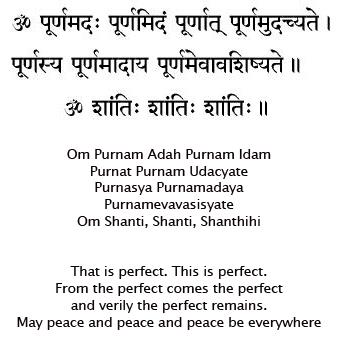

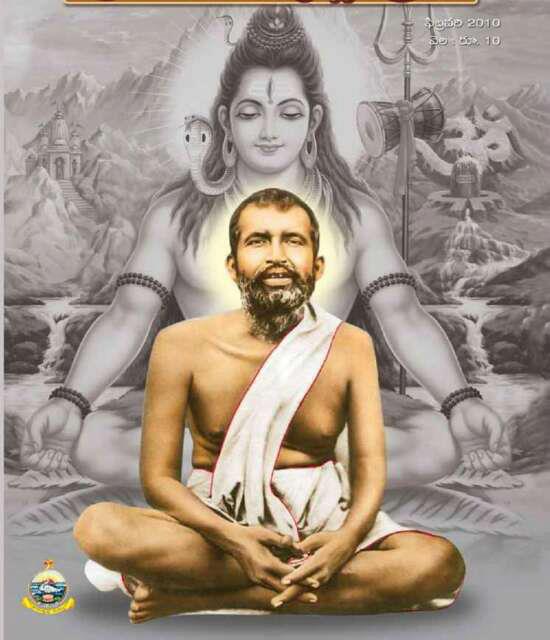

















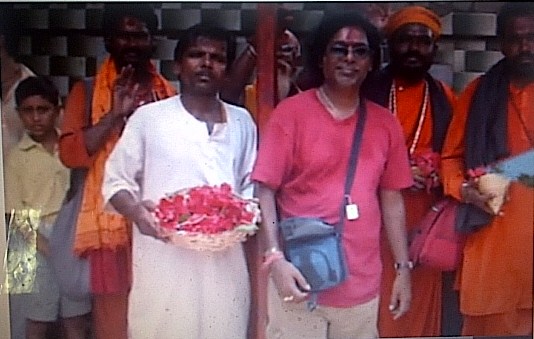




 RSS Feed
RSS Feed
